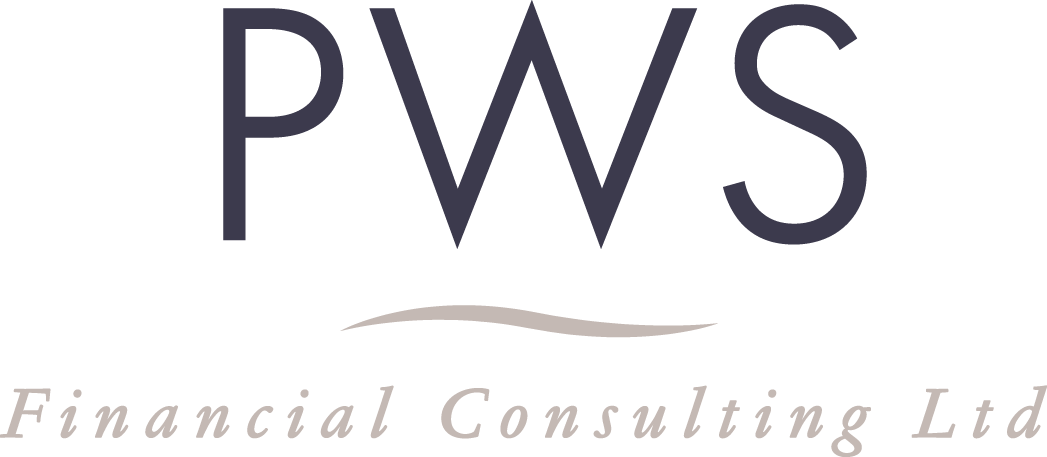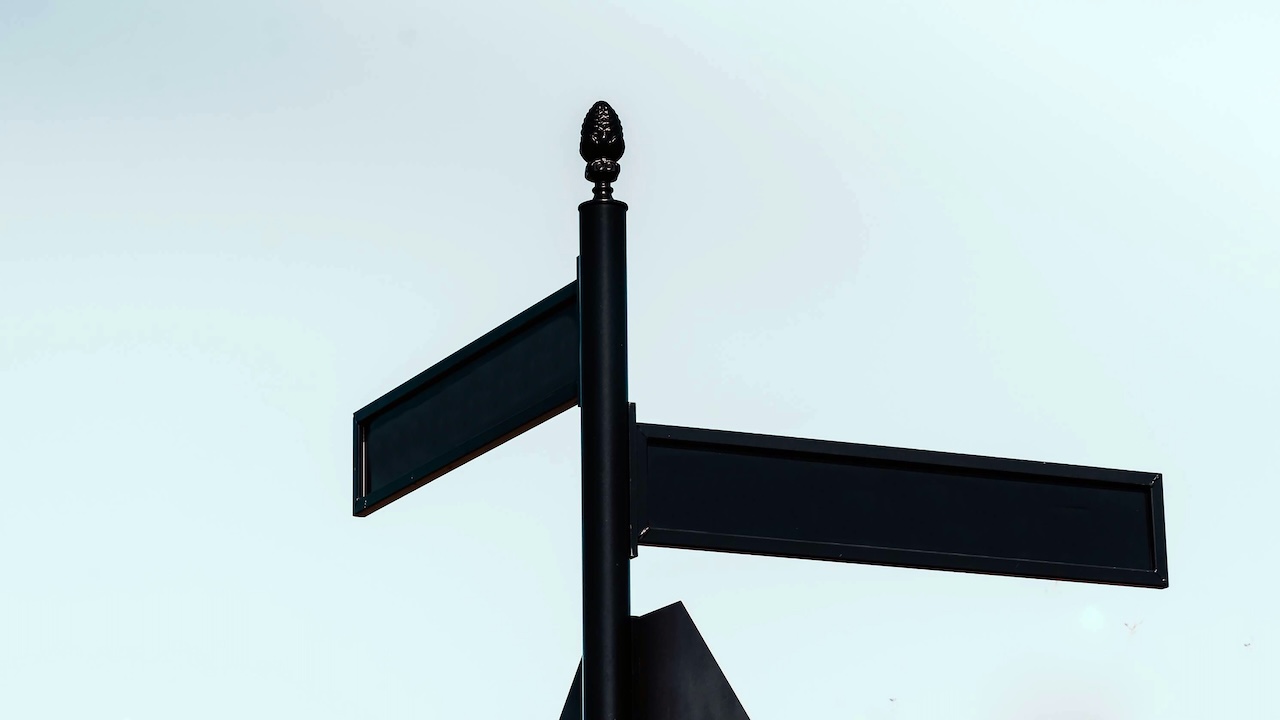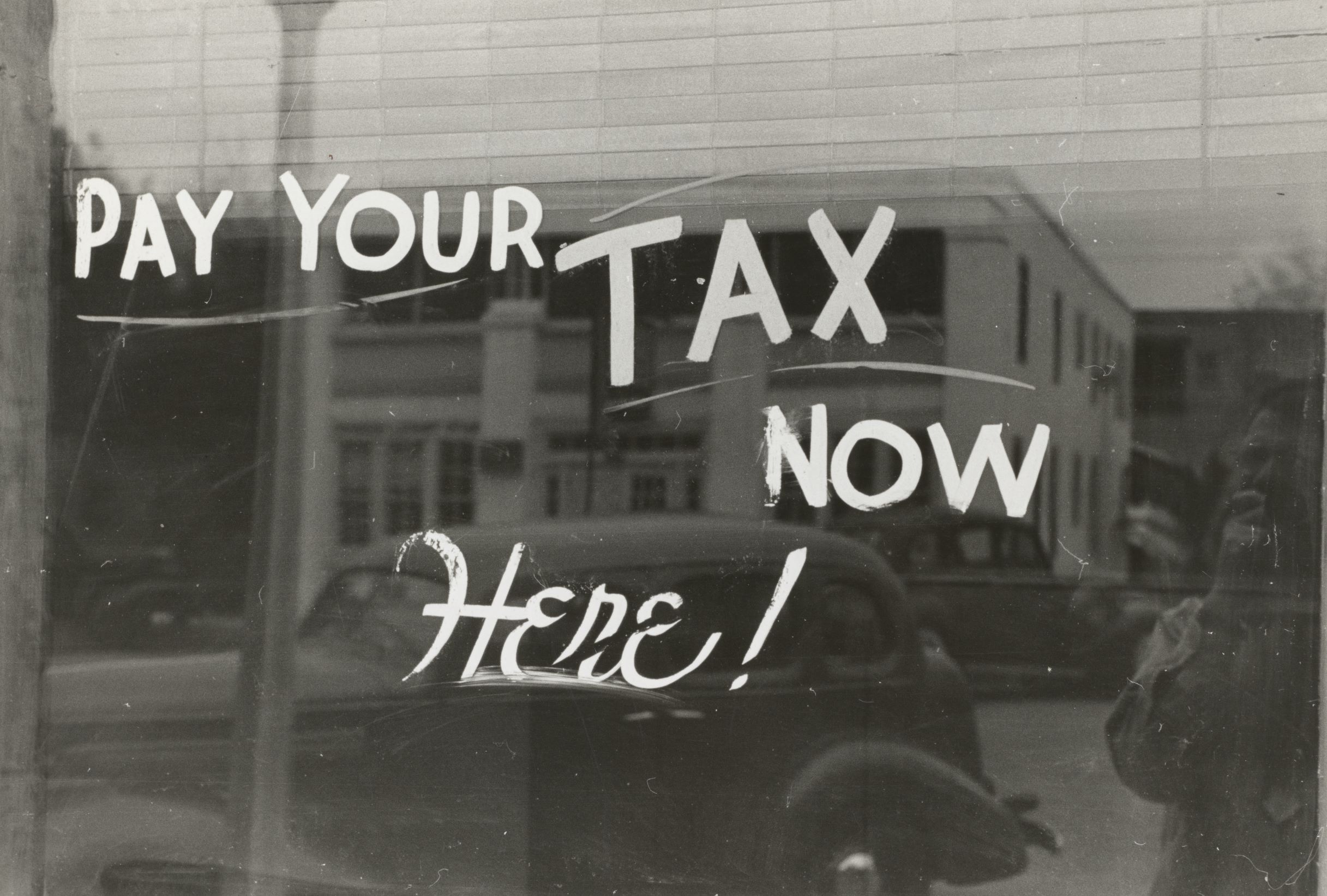Those in control of extracting money from their business have three main options. These are to withdraw the money, either as salary, dividends, or through employer pension contributions.
To meet the immediate income needs of a shareholding director, the company accountant will often suggest paying a minimal salary, perhaps up to the secondary earnings limit (£96 per week in 2025/26). They will usually take the rest in dividends. This is unlikely to change, but after immediate income needs have been met, pension contributions should be considered.
Any further dividend payments will be subject to both corporation tax and the higher dividend tax rates (assuming the tax-free dividend allowance has been fully utilised) of 8.75%, 33.75%, and 39.35%. In contrast, a pension contribution will not be subject to immediate tax and, if it meets the usual “wholly and exclusively” rules, will be treated as a business expense. There will, of course, be tax when the pension is paid, but 25% of this is typically paid free of tax, and the rest is subject to income tax at the recipient’s marginal rates of tax. If in retirement, the rates could be lower.
Examples – tax year 2025/26
Consider a shareholding director with £10,000 of profits to consider, assuming they are and remain a basic-rate taxpayer and have already utilised the dividend allowance. The calculations also assume overall profits are in excess of the small profit rate for corporation tax purposes. For simplicity, the examples have assumed no growth on investment of either the pension or extracted funds.
Basic rate tax payer |
Dividend |
Pension |
Cost to company |
£10,000 |
£10,000 |
Corporation tax @ 25% |
£2,500 |
– |
Amount paid |
£7,500 |
£10,000 |
Dividend tax 8.75% |
£656.25 |
|
Tax on pension if withdrawn* |
£1,500 |
|
Net benefit |
£6,843.75 |
£8,500 |
*Assuming income tax rates remain the same, 25% tax-free cash is taken, and the residual is taxed at basic rate (20%).
Higher rate tax payer |
Dividend |
Pension |
Cost to company |
£10,000 |
£10,000 |
Corporation tax @ 25% |
£2,500 |
– |
Amount paid |
£7,500 |
£10,000 |
Dividend tax 33.75% |
£2,531.25 |
|
Tax on pension if withdrawn* |
£3,000 |
|
Net benefit |
£4,968.75 |
£7,000 |
*Assuming income tax rates remain the same, 25% tax-free cash is taken, and the residual is taxed at higher rate (40%).
The pension has a clear advantage for both basic and higher rate taxpayers. Where someone is a higher rate taxpayer now but becomes a basic rate taxpayer in retirement, the benefits of the pension contribution are even greater. They could receive £4,548.75 as a dividend now or an after-tax pension payment of £6,625 in retirement if they are in the same tax bracket.





